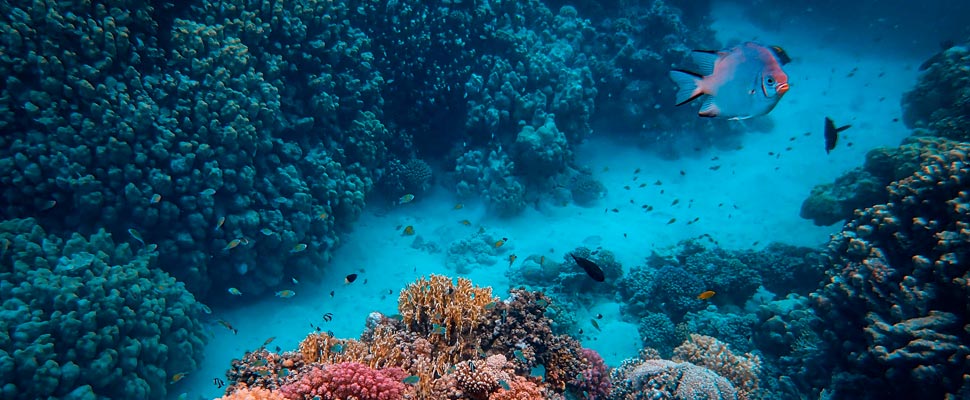What do we know about the depths of the ocean?
Although the ocean can be fascinating, it is also quite mysterious. Let's see what lies behind the depths .

This is what we know about what is found in the depths of the ocean. / Photo: Pexels
LatinAmerican Post | Ariel Cipolla
Listen to this article
Leer en español: ¿Qué sabemos sobre lo que hay en las profundidades del océano?
The ocean is seen as a place of relaxation, where people sit to contemplate the vastness. However, it also often happens that it is a rather strange territory, since, sometimes, it tends to cause terror.
However, have you ever wondered how much we really know about it? Recently, the Xataka website highlighted that abyssal fish were discovered that "absorb 99.5% of light", being a really incredible find for scientists, who located them in the depths of different expeditions in the Bay of Monterrey and the Gulf of Mexico.
In that case, they were fish that reflect less than 0.5% of light, so they cannot even be photographed. Faced with this situation, we decided to find out what is known about the deepest part of the ocean , since it is a really dark territory that remains unexplored.
The secrets of the ocean floor
It is true that we have some data on the maximum oceanic depth known to date. The medium La Vanguardia mentions that the American explorer and millionaire Victor Vescovo "broke the record for depth in a submarine", as he descended to almost 11,000 meters in the Mariana Trench, a place where he was surprised, since there was … garbage.
Most plastic debris settles to the bottom of the ocean, but no one knows for sure how far it goes. Apart from polluting wastes, it is also true that there are some incredible speculations or discoveries about the species that could be found in such depths.
These species, known as abyssal creatures, look like something out of real science fiction and even horror movies. For example, the BBC media talks about the “ugliest animal in the world”, which is a fish with a gelatinous appearance, which lives in the sea of the Australian southeast at depths of between 600 and 1200 meters, with a giant atmospheric pressure .
It should also be noted that, as the Conversation website comments, only 5% of the seabed appears to have been discovered by humans. This also gives rise to other terrifying species, such as the Sicyases sanguineus , present in the North Atlantic, Pacific and Indian Oceans between 700 and 3000 meters, with a large mouth and a body with protruding spines.
Also read: Learn all about the Escazú Agreement, the Latinamerican New Green Deal
At the same time, we must talk about the importance of light. According to the DW website, the sun illuminates up to a depth of 1000 meters, allowing phylloplankton to develop, an important link for marine nutrition. However, from that moment on, different marine areas began to emerge where experimentation with the species began.
All this situation generates that, even species that were believed extinct can exist under those depths. Thus, the RTVE medium highlights that the coelacanth is a "prehistoric fish that exists in the modern world", with a very low percentage of appearance, given that they live in deep waters of up to 700 meters, although it is also believed that they have lived about 400 millions years.
Knowing all this, it seems clear that there is still much to discover at the bottom of the water, since there may be life that we do not even believe possible. If we have been surprised by all these creatures, surely the same will happen when humanity has the ability to increase how far we can sink.




